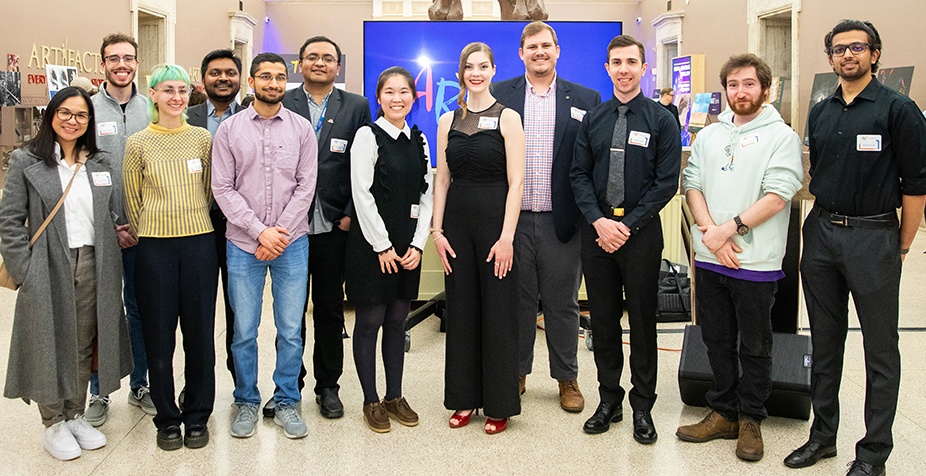Art of Research Winners

The Art of Research celebrates the intersection between art and research. Both graduate students and postdoctoral scholars have visually represent their research in innovative and creative ways. Through the Art of Research, we hope to inspire new ways of thinking and encourage interdisciplinary collaboration among students and researchers.
Explore each remarkable image from research at the University at Buffalo.